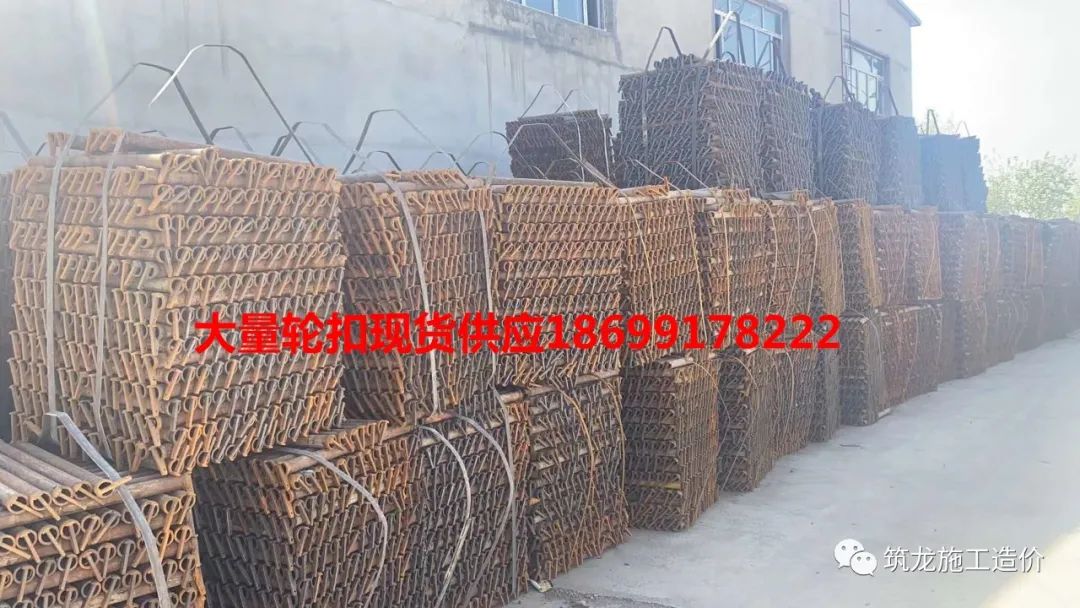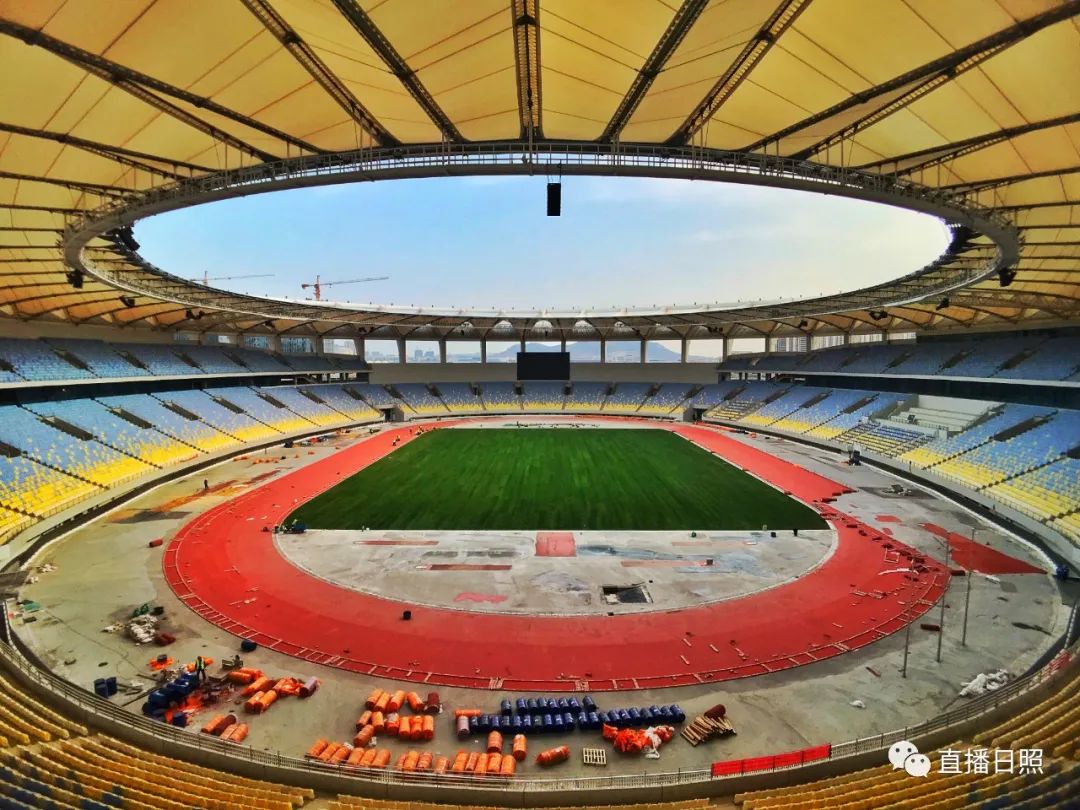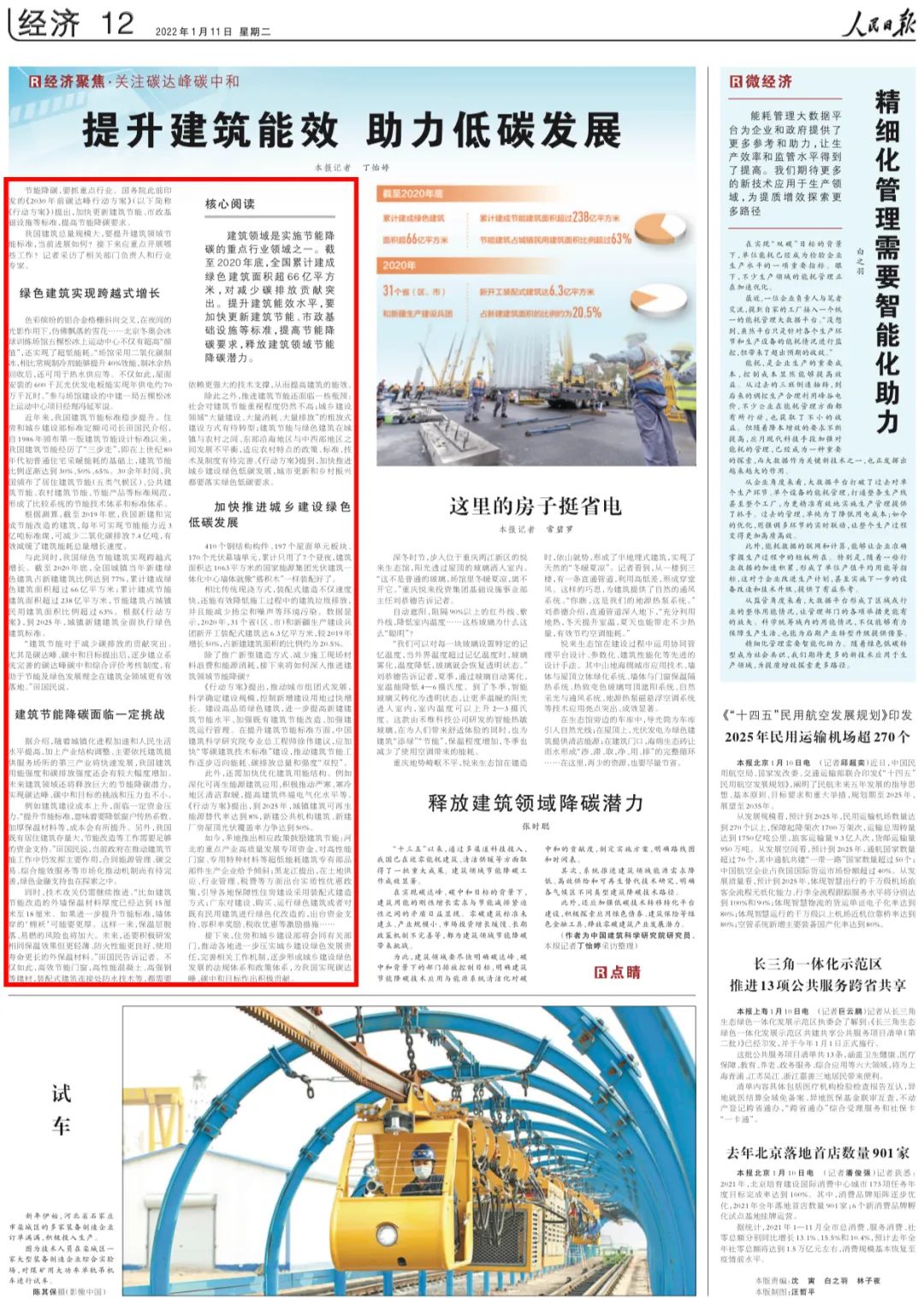4.
The number of sampling inspection shall not be less than 5% of the total number of rooms, and each single building shall not be less than 3.
1.
When natural granite stone or porcelain brick is used for indoor decoration of civil construction projects, and the service area is greater than 200m2, the radioactive indexes of different products and different batches of materials shall be retested respectively.
When detecting the concentration of organic compounds (TVOC), the civil construction projects using centralized air conditioning shall be carried out under the condition of normal operation of air conditioning; For civil construction projects with natural ventilation, the inspection shall be carried out 1h after the external doors and windows are closed.
If all the re inspection results meet the provisions of this specification, it shall be determined that the indoor environmental quality is qualified~~ Recommended reading ~ ~ what are the contents of construction organization design of unit project? Concrete rebound, strength conversion and estimation analysis of construction method of waterproof mortar for building exterior wall..
The detection points shall be evenly distributed to avoid opening air ducts and vents.
5.
When there are two or more test points in the room, the average value of the test results of each point shall be taken as the test value of the room.
The indoor environmental quality acceptance of civil construction works and indoor decoration works shall be carried out at least 7 days after the completion of the project and before the project is delivered for use.
Classification of civil buildings (1) the control limits of pollutants are divided into two categories: control limits in air and control limits in materials( 2) According to different requirements for controlling indoor environmental pollution, civil construction projects are divided into the following two categories: 1) class I civil construction projects: residential, hospital, elderly buildings, kindergartens, school classrooms and other civil construction projects; 2) Class II civil construction works: office buildings, shops, hotels, cultural and entertainment places, bookstores, libraries, exhibition halls, gymnasiums, public transport waiting rooms, restaurants, barbershops and other civil construction works.
14.

17.
Artificial wood board and veneer artificial wood board shall be divided into E1 and E2 according to free formaldehyde content or free formaldehyde emission limit.
The radioactive index limit of inorganic non-metallic building main materials shall meet the regulations.
Article 1.0.3 of code for indoor environmental pollution control of civil building engineering (GB50325) stipulates that the indoor environmental pollutants controlled by this code include radon (Rn-222), formaldehyde, ammonia, benzene and total volatile organic compounds (TVOC).
When the indoor environmental pollutant concentration test results do not meet the provisions of this specification, the causes shall be found and measures shall be taken to deal with them.
The contents of volatile organic compounds (VOC), benzene, toluene + xylene shall be determined for solvent based adhesives used indoors in civil construction projects, and the limit shall meet the regulations.
When the area of a kind of artificial wood board or facing artificial wood board used in indoor decoration of civil construction engineering is greater than 500m2, the free formaldehyde content or free formaldehyde emission of different products and batches of materials shall be retested respectively.
12.
For the project after taking measures to deal with them, the unqualified items can be tested again.
13.
10.
9.
During the acceptance of civil construction projects, if the indoor environmental pollutant concentration of the sample room is tested and the test results are qualified, the number of sampling inspection shall be halved and shall not be less than 3.
Solvent based paint for indoor use in civil construction projects and solvent based putty for wood shall be mixed according to the maximum dilution ratio specified, and the contents of VOC and benzene, toluene + xylene + ethylbenzene shall be measured, and the limit shall comply with relevant regulations.
2.
During the acceptance of civil construction works, the on-site detection point of environmental pollutant concentration shall be no less than 0.5m from the inner wall and 0.8 ~ 1.5m from the floor.
The content of free formaldehyde or the release of free formaldehyde must be measured for indoor artificial wood boards and decorative artificial wood boards in civil construction projects.
During the acceptance of civil construction works, the indoor environmental pollutant concentration of representative rooms of each single building shall be sampled.
8.
When detecting the radon concentration in the indoor environment of civil construction projects, the civil construction projects with centralized air conditioning shall be carried out under the condition of normal operation of air conditioning; For civil construction projects with natural ventilation, it shall be carried out 24 hours after the external doors and windows of the room are closed.
For indoor water-based adhesives for civil construction projects, the contents of volatile organic compounds (VOC) and free formaldehyde shall be measured, and the limit shall meet the regulations.
For indoor water-based coatings and water-based putty of civil construction projects, the content of free formaldehyde shall be determined to meet the requirements.
15.
16.
19.
3.
11.
During re inspection, the sampling quantity shall be doubled, and the same type of room and the original unqualified room shall be included.
7.
18.
When the total number of rooms is less than 3, all shall be tested.
6.




